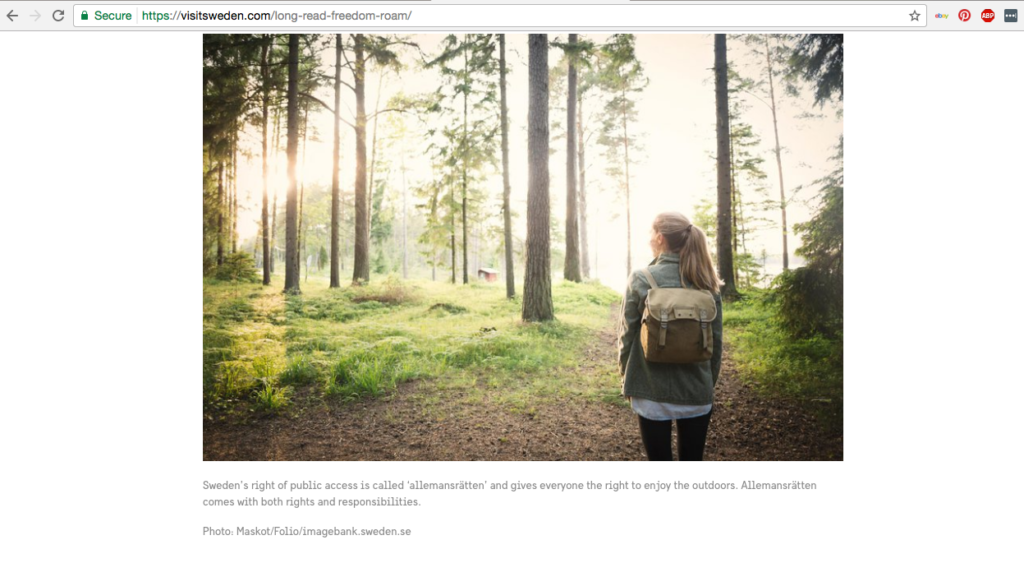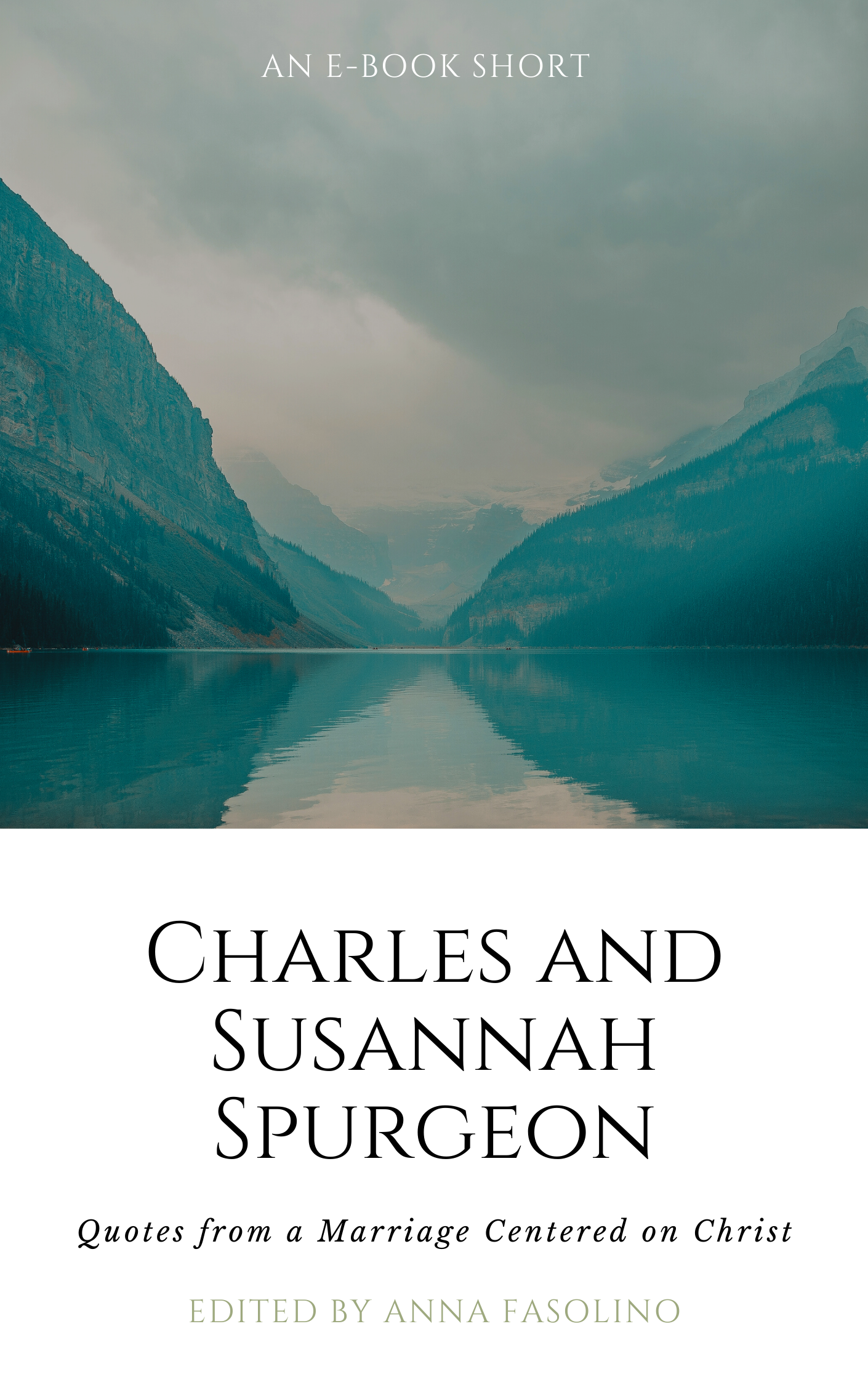 Is there such a thing as free homeschooling? Well…is there such a thing as free parenting? Absolutely not! But, yes, for a time you could homeschool for free, at least during the early years of your child’s education. My parents homeschooled me (and my five siblings) not for free but on an extremely tight budget. Two of the four children who have grown up and left the home chose to go to college and did well, so it’s not the budget that makes your child ready for success.
Is there such a thing as free homeschooling? Well…is there such a thing as free parenting? Absolutely not! But, yes, for a time you could homeschool for free, at least during the early years of your child’s education. My parents homeschooled me (and my five siblings) not for free but on an extremely tight budget. Two of the four children who have grown up and left the home chose to go to college and did well, so it’s not the budget that makes your child ready for success.
Many who would eagerly affirm that free homeschooling is an option are unschoolers, with no fixed plan for how their child’s education will progress. They see all of life as opportunities for education and allow great latitude for a child’s own interests and rate of maturity as they determine when to teach what.
I am not an unschooler.
I like some of the unschooling ideas and joie de vivre (please don’t ask me how to pronounce that term–although there is a YouTube video for it!). But the lack of pre-planning would cause my Type A personality an unbelievable amount of stress, which is the opposite of our goal to have a restful home!
I AM a fan of free!
That’s what has made me always keep a running list of ideas for the budget-conscious parent. I’m a second-generation homeschooler as well as a licensed teacher. Can you say two times the freebie-hunter? Even if you plan to send your child to a public or private school, you will probably want to help them learn at home, as well. So, without further ado…
Here are some free homeschooling resources:
The Public Library
If you live in a big city, your public library will have so many resources that your main job will be to track them down and keep them all in order. The Houston library actually does have categories for student resources at different age groups. I’m going to be honest, though–many of these activities are too computer-centered for my eyes-off-the-screen educational philosophy. You’ll have to work a little harder than the library’s front page.
For reading:
Check out the ALSC (Association for Library Service to Children) website, where they have listed all the Caldecott award winners, the Newbery medal winners, etc. If you would like to stick with pro-Christian themes, I would recommend reading more of the older winners and fewer of the most recent, unless your children are older teens with the maturity to pick out books. One way my family found pre-vetted books was by using the Sonlight book lists. We couldn’t afford to use Sonlight curriculum, but we could use the lists of books in their catalogue as we headed to the library! [Of course, it’s great if you can buy from Sonlight!] Here’s their 4th grade book list, for an example.
For language learning:
See my article on free resources for adoptive parents teaching ESL – some of the same resources are available for you as you teach Spanish/French/German/your language of choice.
If you live in a small town with a small library, as we did, your choices will be more limited. You will still be able to find classics to read aloud, most likely. And there will probably be some children’s nonfiction books on history, math, geography, etc. We loved checking out a picture book on a country and exploring it together.
Some towns will also have college libraries that allow the general public to check out books.
Online
Yes, I know I said I’m a promoter of eyes-off-screen. I especially believe babies and toddlers should have only a minimum of screen time. However, as children get older, there are so many enjoyable and educational resources online that you can use! One caveat: PLEASE supervise your children as they use the Internet. They most likely haven’t developed the maturity and discernment it takes to click only on safe websites and videos. (Many adults haven’t, either!)
YouTube
I would suggest watching videos on YouTube before presenting them to your kids, but you can find so many amazing science experiments, videos about our planet earth, etc. I’m careful about trying to stick to watching videos made for YouTube, not ones ripped from a DVD. You can check those out of a library without breaking any copyright laws.
BBC
BBC has nature videos and language learning resources. (Many of these language learning videos, etc. are probably inappropriate for younger children. The ones I’ve listened to had some topics I wouldn’t bring up until my child was older.)
You laugh, but I’m serious. There are so many learning activities that have been pinned on Pinterest from thousands of websites. The nice thing about Pinterest is that you can find ideas for using household items and then do the activity with your children, no screen time required (for them, at least).
Country Websites
 Want to know more about the culture, history, or geography of somewhere in the world? Look up the tourist website for that city/country. Will you get a balanced view of that place? No, but you will see some great pictures and a sense of the culture. For example, check out all these facts about Sweden.
Want to know more about the culture, history, or geography of somewhere in the world? Look up the tourist website for that city/country. Will you get a balanced view of that place? No, but you will see some great pictures and a sense of the culture. For example, check out all these facts about Sweden.
Khan Academy
My husband survived one of his college classes (physics?) because of Khan Academy. It has information on just about any topic you could want to investigate.
More Free Books
You can find a lot of older missionary biographies or really old historical information on Google Play or Internet Archive.
Friends and Neighbors
Ask friends, especially ones who homeschooled in the past, if they have books they could lend you. My mom often lent out her science textbooks (Apologia) and history books to friends when she was finished using them or wouldn’t need them again until the next kid was older. Warning: please keep track of whom you’ve borrowed from and make sure to return your books/curriculum/supplies on time and in one piece. Be courteous or no one will want to lend you anything.
Kitchen Supplies
Science experiments with things you have on hand in the kitchen are the best. Here are some examples:
The websites I linked to above have so many more ideas! Kitchen supplies are also good for math. Doubling recipes works really well for practicing multiplication of fractions in elementary/middle school. Counting raisins works for smaller children. (If you get the number right, you can eat them!)
Kitchens aren’t the only places in the home where the 3 Rs come in handy. When my dad was building a home, he had me figure out how many shingles or sheets of metal would be needed for the roof. (Of course, he bought based on his own calculations, not mine. That’s how he knew if my answers were correct!)
Museums and Parks
Large cities often have free days in their museums (that’s when I always went when I lived in Houston). You can view masterpieces by artists like Monet and discuss the historical movements that different types of art represent.
 Parks are usually free all the time. What can you do there? Find naturally growing things that can illustrate scientific concepts, such as the Fibonacci sequence. (Yes, this chameleon’s tail is considered an example of the Fibonacci sequence.) Run around and get some exercise and call it P.E.!
Parks are usually free all the time. What can you do there? Find naturally growing things that can illustrate scientific concepts, such as the Fibonacci sequence. (Yes, this chameleon’s tail is considered an example of the Fibonacci sequence.) Run around and get some exercise and call it P.E.!
Eventually you will probably end up buying some curriculum for your child, if only because you visited a curriculum fair and absolutely couldn’t leave without that stunning book. But you can teach so much without spending any money!



 : a favorite place to walk when we can!
Once
: a favorite place to walk when we can!
Once 
![The first photos are of my parents’ sprawling rural Arkansas garden. The last is of my tiny little beds in the big city. Plants bring life to even the smallest corner!
I’ve been reading some beautiful fiction this year, and I just posted a review of a book by one of my favorite authors, Leif Enger. (https://therestfulhome.com/brave-young-handsome-review/ in your browser, or click on the link in my Instagram profile) If you don’t have time to read the book, though, here’s just a quote or two for your enjoyment:
🎼
“Death arrived easy as the train; [he] just climbed aboard, like the capable traveler he was.”
🛤️
On riding a horse: “You are a feeble and tenuous being; the only thing a horse wants from you is your absence.” 🐎 😄
#quotes #leifenger #amreading #gardens #gardening](https://scontent-atl3-1.cdninstagram.com/v/t39.30808-6/468657020_18342474787176025_4442629541396867851_n.jpg?_nc_cat=108&ccb=1-7&_nc_sid=18de74&_nc_ohc=DEja6UP2ct4Q7kNvgEYJxCM&_nc_zt=23&_nc_ht=scontent-atl3-1.cdninstagram.com&edm=ANo9K5cEAAAA&_nc_gid=AA4bBsvQ_JpqZXLUPUTpTC8&oh=00_AYCjI9LUx-cJxe6cu0n7H1Gounaz92aBlTrQacnKut8umg&oe=67567CAB)

















Ambleside online offers a completely free printable curriculum for every grade through 12th grade. Its a Charlotte Mason and Classical Christian approach. Awesome resource. Robinson curriculum is a reformed printable curriculum for every grade as well. Its not free but for $199 you get all you need for every child you have all the way through 12th grade. Doesnt matter if you have 3 or 15 kids, its just one time $199. You just need a printer and paper. Awesome reviews for this option.
Melody, that is amazing! Thank you for sharing about Ambleside! Have you used it for your kids?